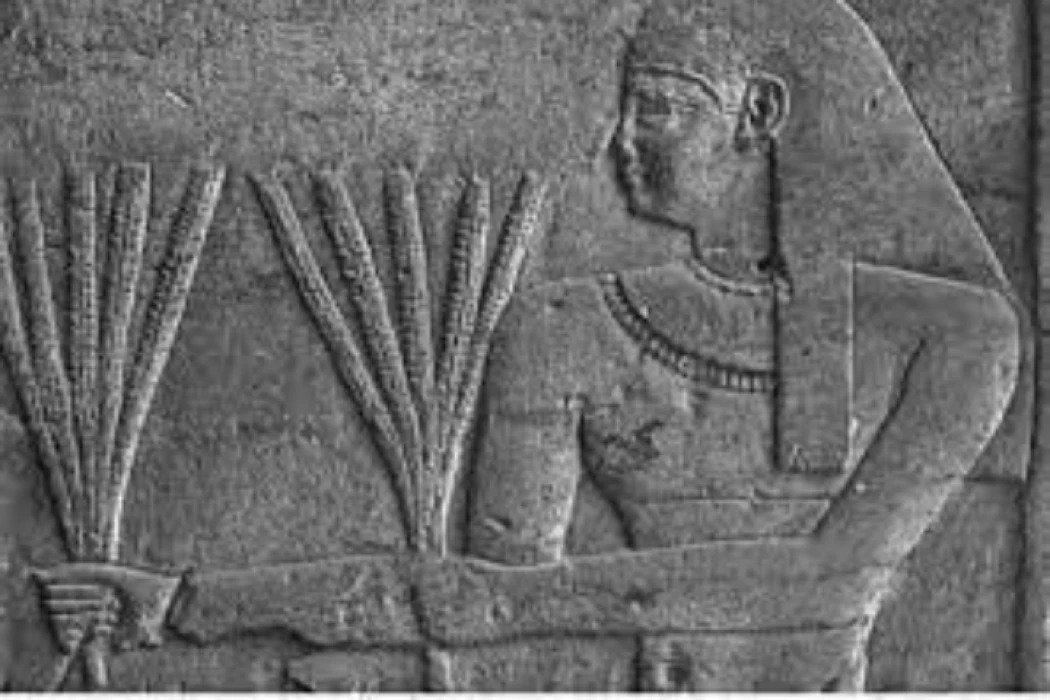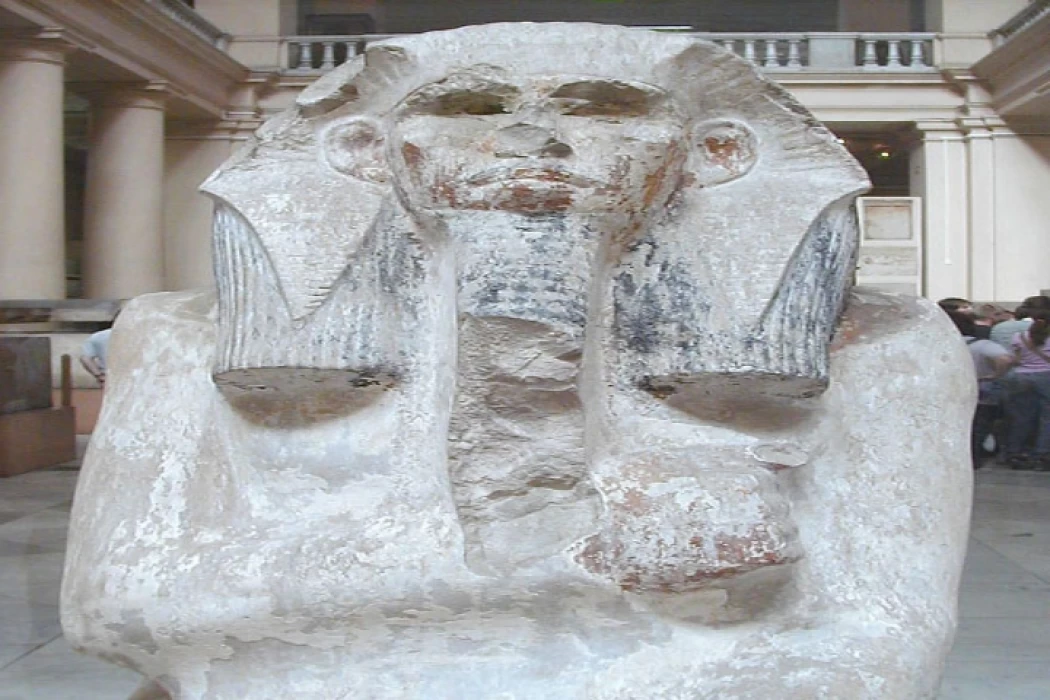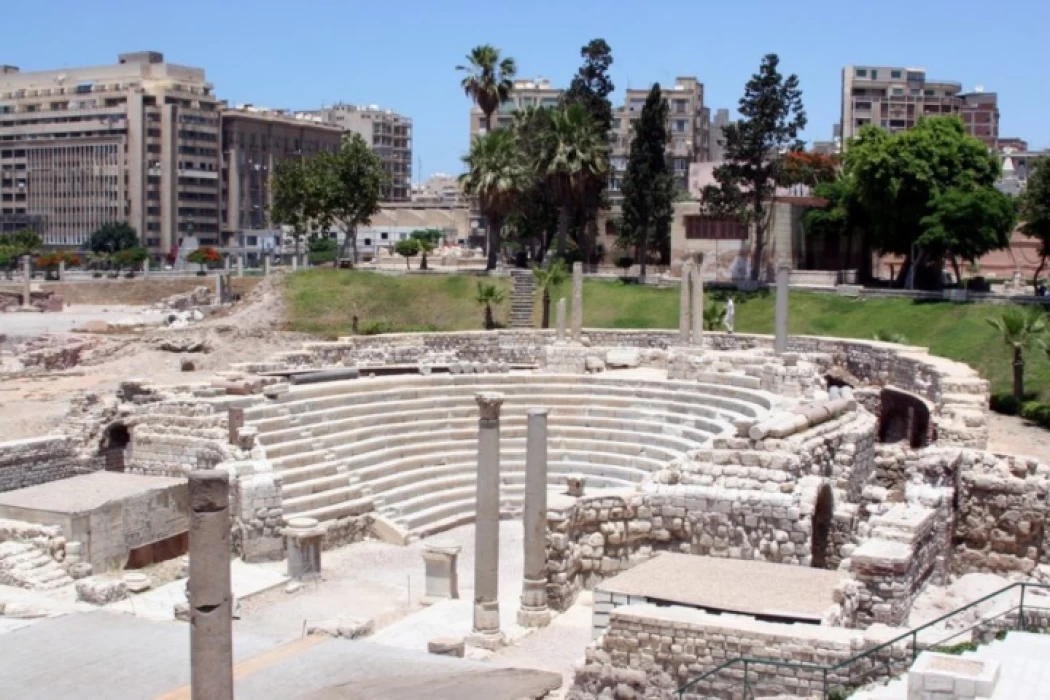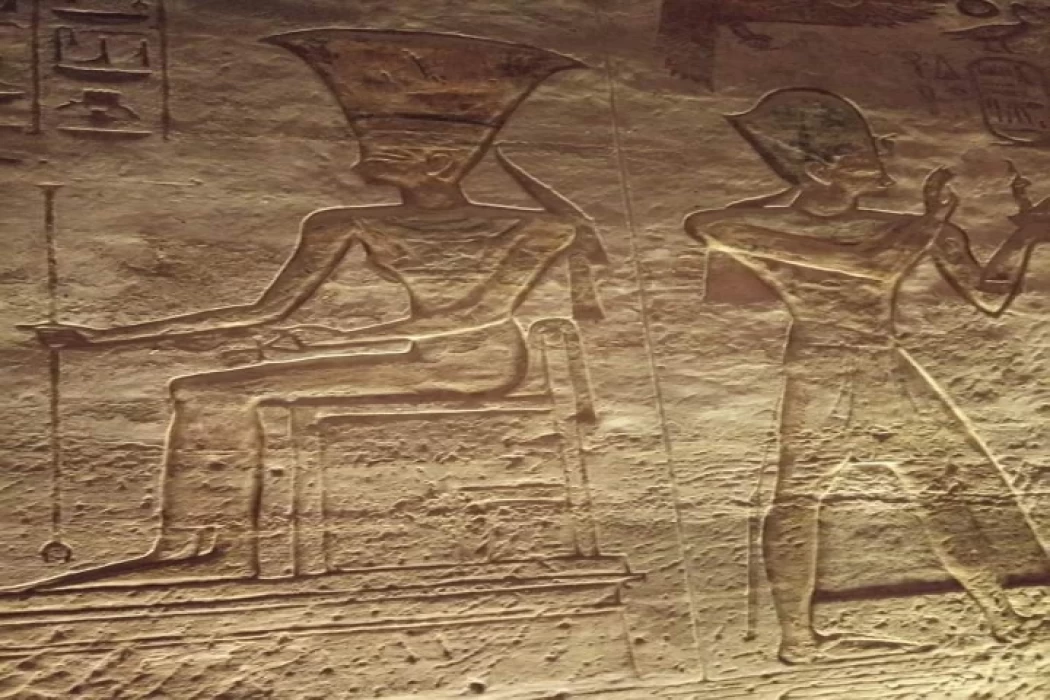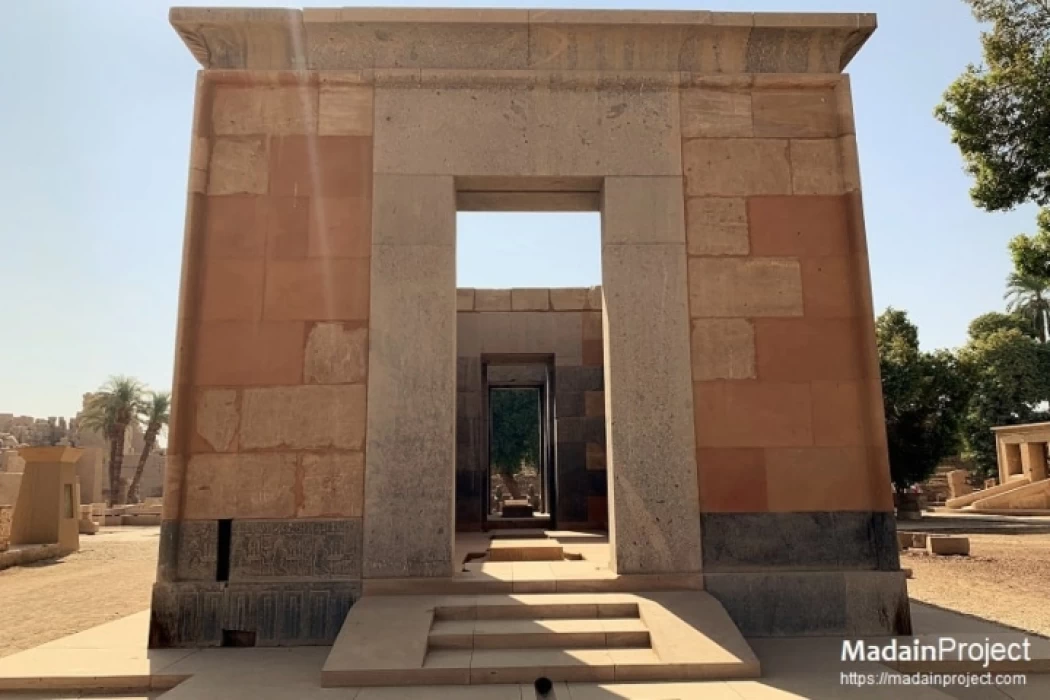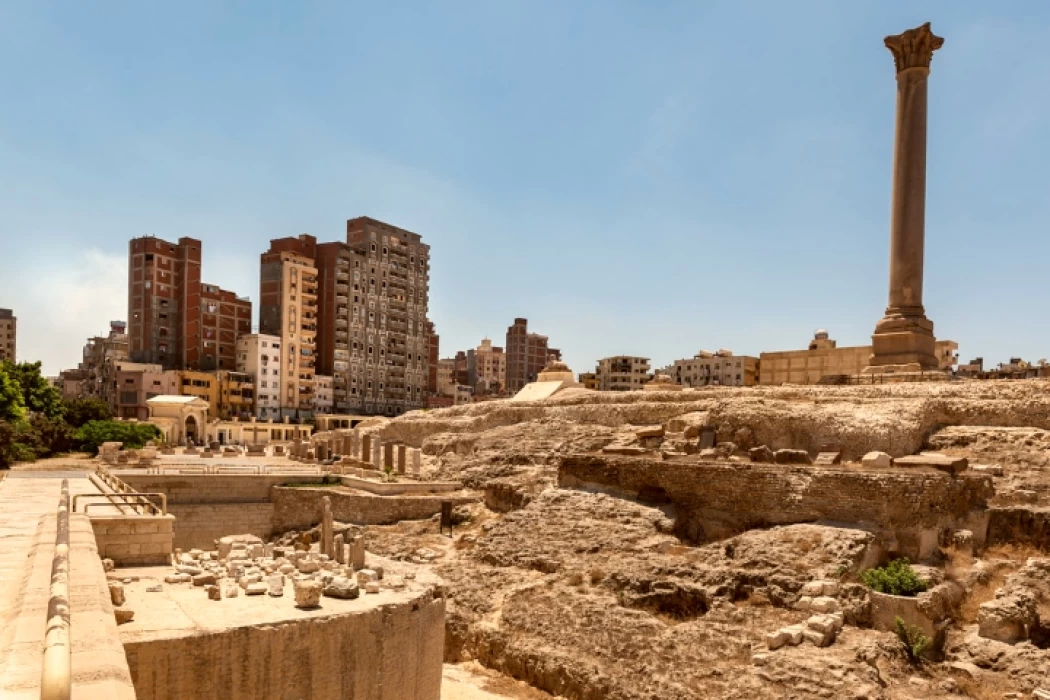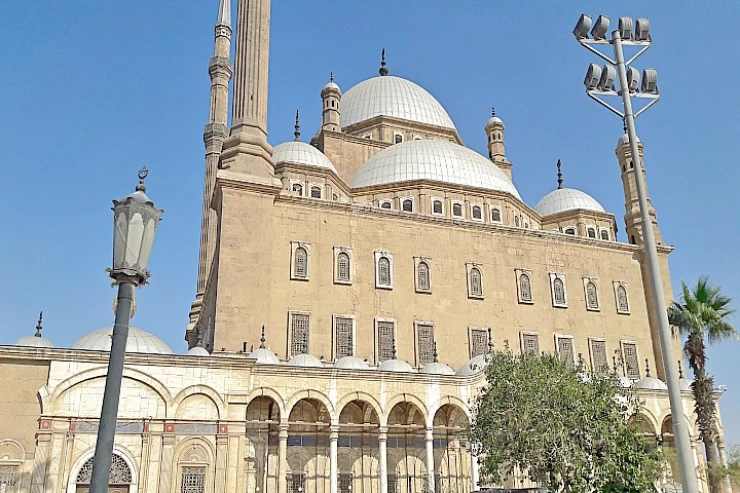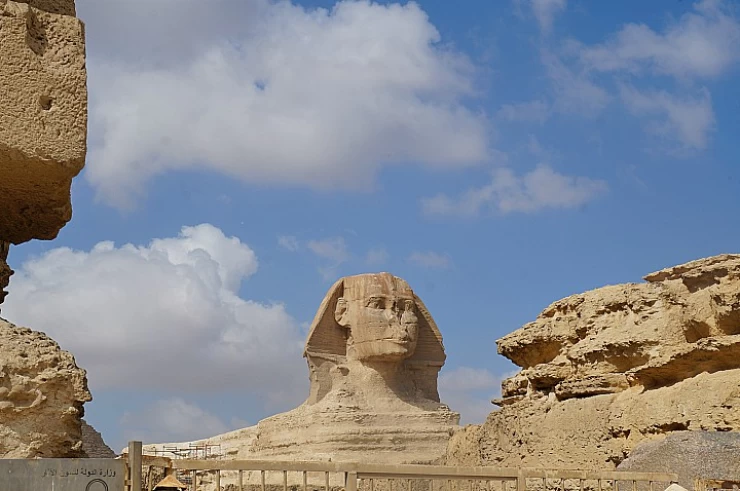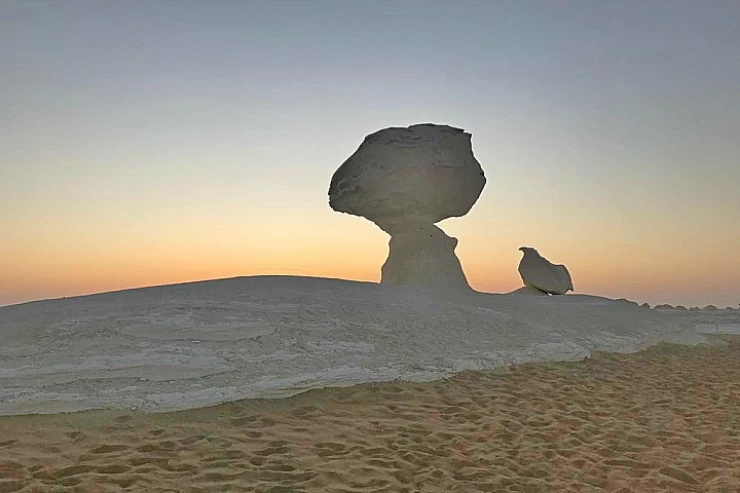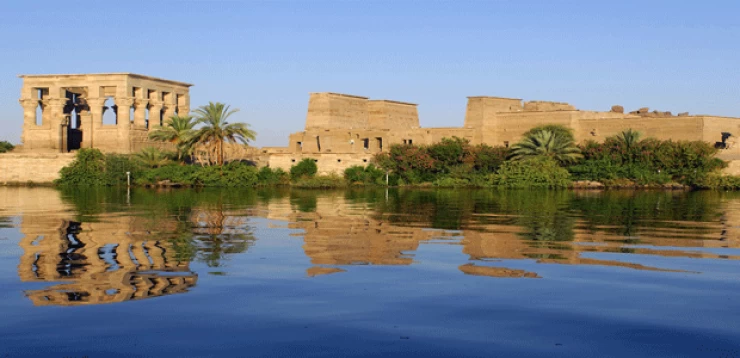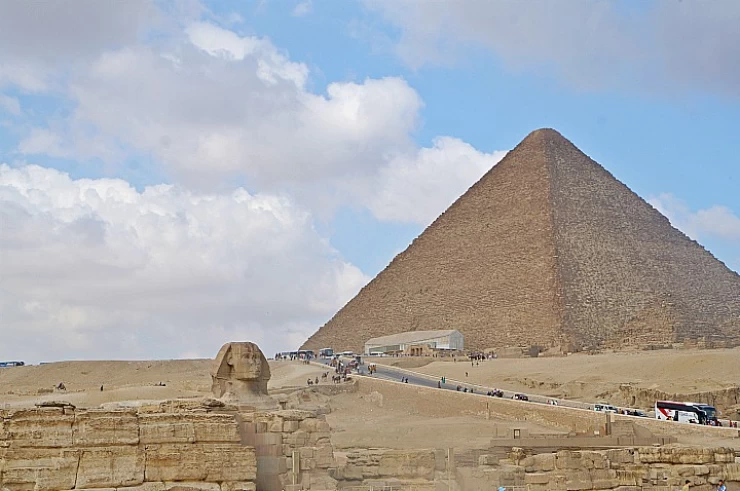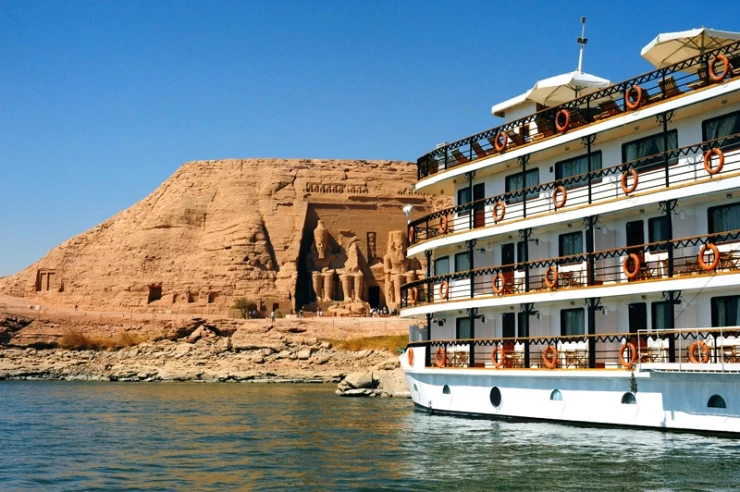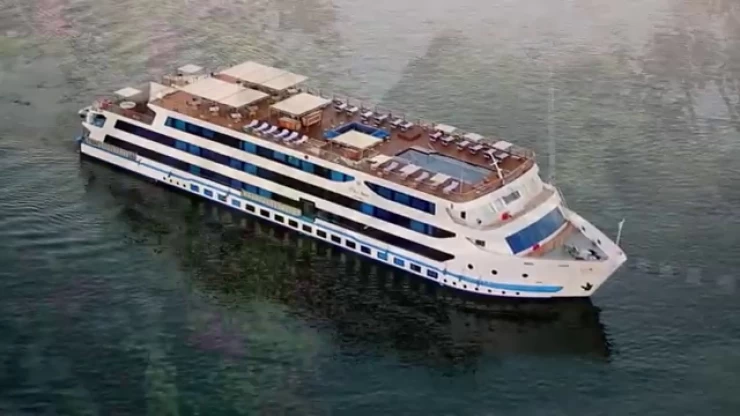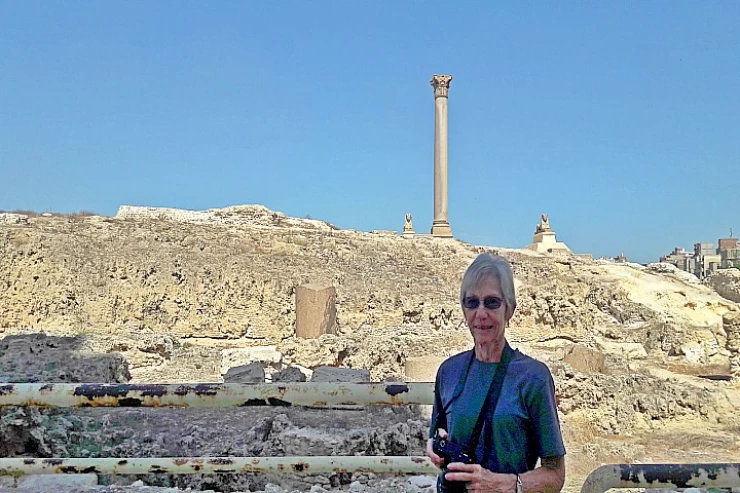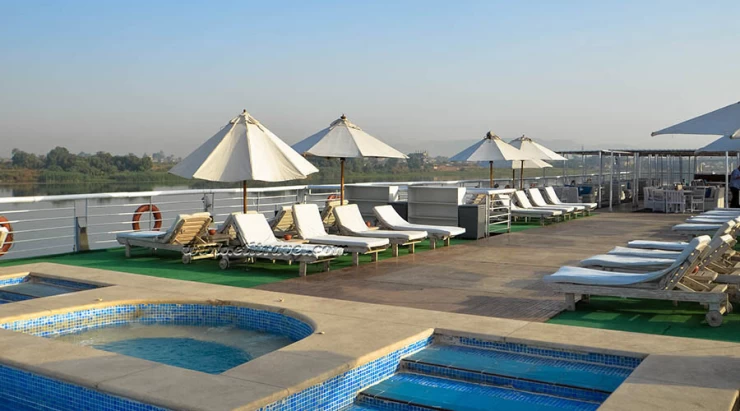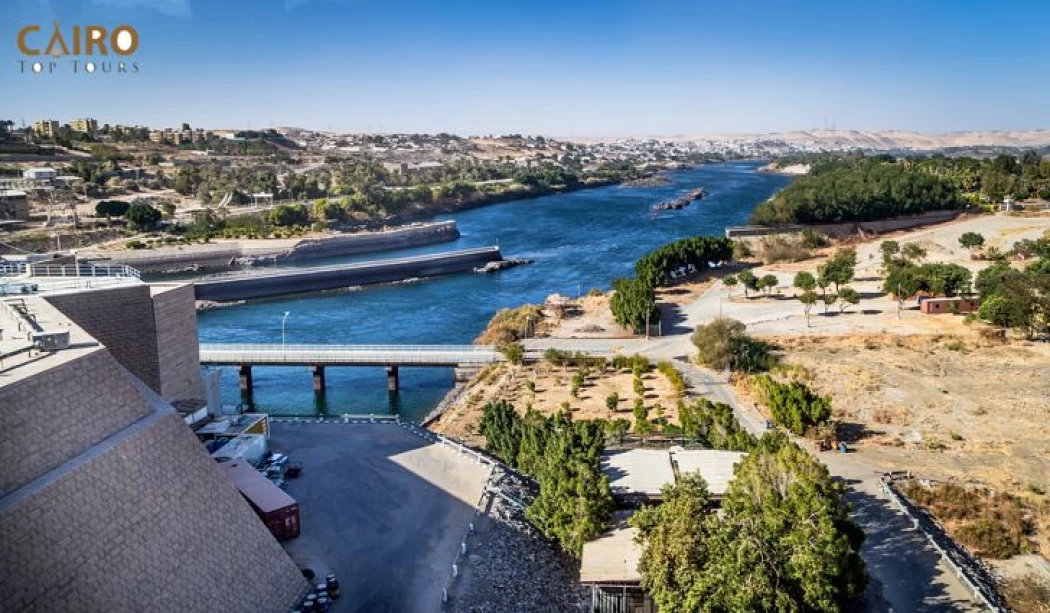
The High Dam Of Aswan
The Aswan Dam, often known as the Aswan High Dam, is one of the world's largest embankment dams, erected across the Nile in Aswan, Egypt, from 1960 to 1970. When built, it was the world's tallest earthen dam, surpassing the Chatuge Dam in the United States. The dam that created the Lake Nasser reservoir was erected 7 kilometers (4.3 miles) upstream of the Aswan Low Dam, which was completed in 1902 and was already at full capacity. Construction of the High Dam became a top priority for the military dictatorship that assumed control following the 1952 Egyptian Revolution.
The dam was considered critical to Egypt's projected industrialization because it improved flood management, increased water storage for irrigation, and generated hydroelectricity. The High Dam, like previous implementations, has had a tremendous impact on Egypt's economy and culture.
Even with the old barrier in place, the Nile's annual floods in late summer continued to flow mostly unfettered down the valley from its East African drainage basin before the construction of the High barrier. These floods brought high water containing natural nutrients and minerals, which annually nourished the fertile soil along its floodplain and delta; this predictability had made the Nile Valley excellent for agriculture since antiquity.
As Egypt's population and technology rose, so did the desire and ability to entirely control flooding, thereby protecting and supporting farmland and the country's economically significant cotton crop. The High Aswan Dam's significantly enlarged reservoir storage allowed floods to be managed and water to be saved for eventual release over several years
Though the Czech arms sale incentivized the US to invest in Aswan, the UK used the arrangement to justify withdrawing its commitment to dam money. Nasser's diplomatic acknowledgment of China, which contradicted Dulles' doctrine of communism containment, enraged him even more.
Several other factors contributed to the US decision to withdraw its offer of funding for the dam
Archaeologists began to express concern in the 1950s that numerous key ancient monuments, including the famed temple of Abu Simbel, might be inundated by waters accumulated behind the dam. UNESCO launched a rescue operation in 1960 (for further information, see Effects below).
Despite its scale, the Aswan project has not significantly harmed Egypt's balance of payments. The three Soviet credits paid nearly all of the project's foreign exchange requirements, including the cost of technical services, imported power generation and transmission equipment, and some imported land reclamation equipment. Egypt was not substantially burdened by credit payments, the majority of which were extended for 12 years at a fairly low interest rate of 2-1/2%. Repayments to the USSR were only a minor net drain in the first half of the 1960s and higher export revenues from commodities grown on freshly reclaimed land. Between 1965 and 1970, export earnings amounted to an estimated $126 million.
Compared to debt service payments of $113 million.
The Aswan High Dam is 3,830 meters (12,570 feet) in length, 980 meters (3,220 feet) in width at the base, 40 meters (130 feet) in width at the crest, and stands 111 meters (364 feet) tall[20]. It has 43,000,000 cubic meters (56,000,000 cubic yards) of material. A maximum of 11,000 cubic meters per second (390,000 cubic feet per second) of water may run over the dam. There are additional emergency spillways to handle an additional 5,000 cubic meters per second (180,000 cu ft/s), and the Toshka Canal connects the reservoir to the Toshka Depression. Lake Nasser is 500 kilometers (310 miles) long[21], 35 kilometers (22 miles) wide at its widest point, and covers 5,250 square kilometers (2,030 square miles). It contains 132 cubic kilometers (1.73×1011 cubic yards) of water, Because of the lack of adequate rainfall, Egypt's agriculture is fully dependent on irrigation. With irrigation, two harvests per year are conceivable, except sugar cane, which grows for over a year.
The Aswan Dam releases an average of 55 cubic kilometers (45,000,000 acre-feet) of water per year, with 46 cubic kilometers (37,000,000 acre-feet) directed into irrigation canals.
In the Nile valley and delta, almost 336,000 square kilometers (130,000 sq mi) benefit from these waters producing an average of 1.8 crops per year. The annual crop consumptive use of water is about 38 cubic kilometers (31,000,000 acre⋅ft). Hence, the overall irrigation efficiency is 38/46 = 0.826 or 83%.
The salinity of the water in the Aswan reservoir is approximately 0.25 kilograms per cubic meter (0.42 lb/cu yd), which is extremely low. With an annual inflow of 55 cubic kilometers (45,000,000 acre-feet), the salt influx is 14 million tons. The average salt concentration in drainage water discharged into the sea and coastal lakes is 2.7 kilograms per cubic meter (4.6 pounds per cubic yard). At an annual discharge of 10 cubic kilometers (2.4 cubic miles) (excluding the 2 kilograms per cubic meter of salt intrusion from the sea and lakes, see figure "Water balances"),
The annual salt exports total 27 million tons. In 1995, the output of salt exceeded the influx, and Egypt's agricultural areas began desalinizing. Part of this could be attributed to the vast number of subsurface drainage projects carried out in recent decades to manage the water table and soil salinity.
Drainage through subsurface drains and drainage channels is critical to preventing crop yield loss due to irrigation-induced waterlogging and soil salinization. By 2003, about 20,000 square kilometers (7,700 square miles) had been installed with a subsurface drainage system, and around 7.2 square kilometers (2.8 square miles) of water were drained from these areas per year. Between 1973 and 2002, the overall investment in agricultural drainage was around $3.1 billion, which included design, building, maintenance, research, and training. During this period, 11 large-scale projects were executed with financial help from the World Bank and other donors.
Latest Articles
Admin
Neper God Of Grain
Neper was the deity of grains, particularly cereals that were important in Ancient Egypt, such as wheat and barley. It was stated that he foretold when the crops would grow, be harvested, and disappear.
Admin
Djoser
Djoser was an ancient Egyptian pharaoh of the 3rd Dynasty during the Old Kingdom and was the founder of that epoch. He is also known by his Hellenized names Tosorthros (from Manetho) and Sesorthos (from Eusebius). He was the son of King Khasekhemwy and Queen Nimaathap, but whether he was also the direct successor to their throne is unclear. Most Ramesside king lists identify a king named Nebka as preceding him, but there are difficulties in connecting that name with contemporary Horus names, so some Egyptologists question the received throne sequence. Djoser is known for his step pyramid, which is the earliest colossal stone building in ancient Egypt
Admin
Kom Al Dikka Alexandria
Kom El Deka, also known as Kom el-Dikka, is a neighborhood and archaeological site in Alexandria, Egypt. Early Kom El-Dikka was a well-off residential area, and later it was a major civic center in Alexandria, with a bath complex (thermae), auditoria (lecture halls), and a theatre.
Admin
The God Anuket
Anuket, in Egyptian religion, the patron deity of the Nile River. Anuket is normally depicted as a beautiful woman wearing a crown of reeds and ostrich feathers and accompanied by a gazelle.
Admin
The Red Chapel of Hatshepsut
The Red Chapel of Hatshepsut or the Chapelle rouge was a religious shrine in Ancient Egypt. The chapel was originally constructed as a barque shrine during the reign of Hatshepsut. She was the fifth pharaoh of the Eighteenth Dynasty from approximately 1479 to 1458 BC.
Admin
The Serapeum of Alexandria
The Serapeum of Alexandria in the Ptolemaic Kingdom was an ancient Greek temple built by Ptolemy III Euergetes (reigned 246–222 BC) and dedicated to Serapis, who was made the protector of Alexandria, Egypt. There are also signs of Harpocrates. It has been referred to as the daughter of the Library of Alexandria.
